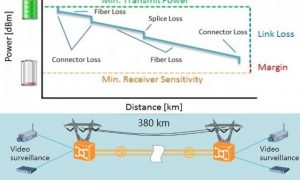ISM Frequency Band
The ITU (International Telecommunication Union) had originally reserved a portion of the RF spectrum globally for industrial, scientific and medical applications. Such as process heating, microwave oven, and medical diathermy equipment etc. The main feature of the internationally reserved bands for this purpose is that the communications equipment operating in these bands must tolerate any interference generated by ISM equipment, and users have no regulatory protection.
Unlicensed does not mean unregulated.
ITU determines the international band designations, individual countries exact ISM band frequencies may differ
Non ISM Band Application
This band was originally designed for used applications such as microwave, medical equipment, process heating, and types of electrode less lamps. However, over the years, wireless communication standards and equipment have been developed and manufactured that are capable of operating in these bands without causing any interference to existing ISM device operations. These non-ISM devices are usually short-range, low power communications devices such as WiFi, Bluetooth, Zigbee, wireless telephones and RFID. Most WiFi and Bluetooth communications operate in these bands, 5 GHz WiFi systems have become more available.
Many of the smart home electronics use Zigbee technology in the 915 MHz and 2.4 GHz ISM bands for low-power and short range communications between devices.
Internet of Things (IoT) which will likely rely on low-power and short range machine.




